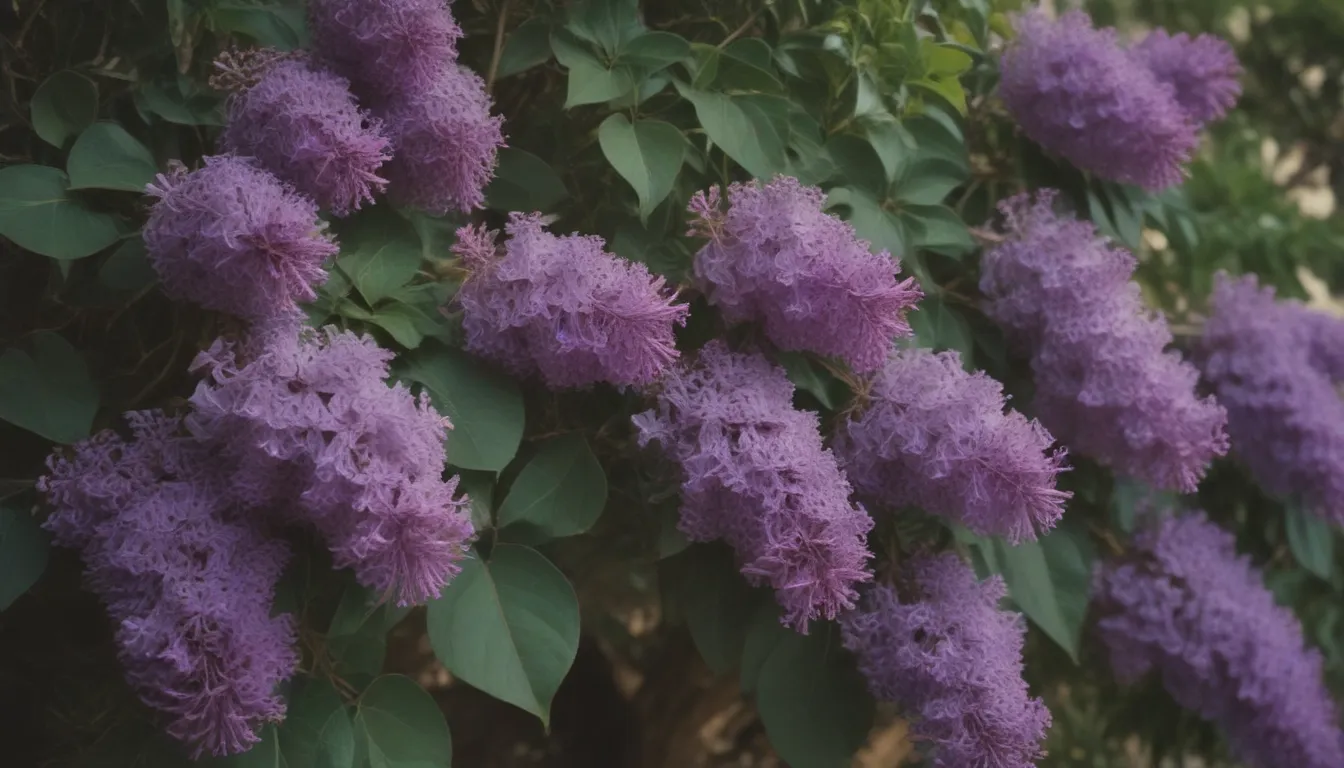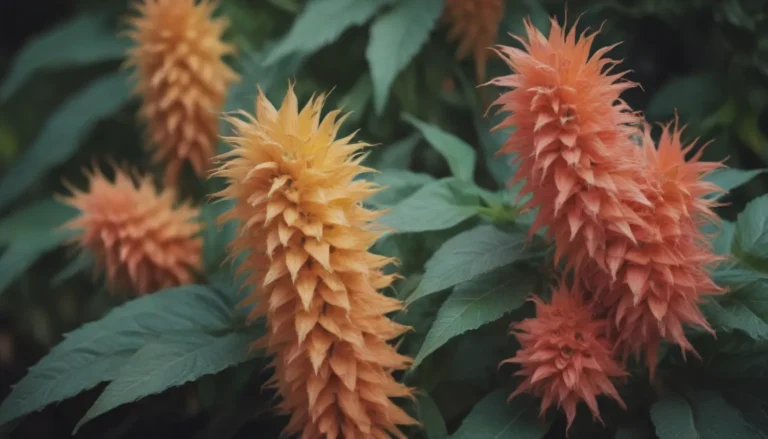Comprehensive Guide to Growing and Caring for California Lilacs

If you’re on the lookout for a stunning burst of bright blue in your garden, look no further than the California lilac, also known as Ceanothus. With approximately fifty pollinator-friendly, flowering, and drought-tolerant shrub species in the Ceanothus genus, these plants can add a pop of color to any landscape. Most California lilacs are evergreens, but there are also some deciduous options available. Whether you want them as stand-alone plants, border plants, or informal hedges, California lilacs provide versatility. Some cultivars can even be trained to climb walls, fences, or archways.
California Lilac Care
Ceanothus plants are relatively easy to grow as long as you provide them with the right conditions. Here are some tips to help you care for your California lilacs:
Light
- California lilacs thrive in full sun, but in hotter southern regions, some afternoon shade can be beneficial.
- Ensure they receive enough sunlight to avoid disappointing blooms.
Soil
- These plants do well in most soil types as long as the soil is well-drained.
- They prefer fertile conditions that are not too heavy or soggy.
Water
- Newly planted California lilacs need regular, deep watering until they become established.
- Once established, they are drought-tolerant and can withstand arid conditions.
- During prolonged hot, dry spells, you may need to provide additional irrigation to promote healthy growth and blooms.
Temperature and Humidity
- Many Ceanothus species are native to California and thrive in Mediterranean-style climates with mild, wet winters and hot, dry summers.
- Deciduous varieties are hardier and can handle wind and frost damage better than evergreen species.
Fertilizer
- California lilacs generally do not need much feeding as they can thrive in infertile conditions.
- If you want to encourage vigorous new growth after pruning, you can mulch around the base of the shrub with garden compost.
Types of California Lilacs
Ceanothus plants come in various sizes and growing habits. While evergreen species are more common, selecting a hardier deciduous type may be beneficial for exposed gardens. Here are some popular species and cultivars:
- Ceanothus (Concha)
- Ceanothus thyrsiflorus var. repens AGM
- Ceanothus thyrsiflorus (Skylark)
- Ceanothus × delileanus (Gloire de Versailles) AGM
Pruning
California lilacs do not require extensive pruning. For evergreen species, avoid hard pruning as it can weaken the plant. Instead, lightly prune the tips of branches after flowering to maintain a compact shape. For deciduous varieties, you can cut back the previous year’s woody growth in early spring.
Propagating California Lilacs
Propagating Ceanothus from cuttings is relatively easy and usually results in a flowering plant within a few years. Here’s how you can propagate your California lilacs:
- Take semi-ripe cuttings from evergreen varieties after flowering in summer or autumn.
- For deciduous species, take softwood cuttings from new growth in the spring.
- Dip the cutting in rooting hormone and keep it in a warm, humid environment until roots develop.
How to Grow California Lilacs From Seed
Growing Ceanothus from seed can be challenging, and named cultivars may not come true to type. Here’s how you can grow California lilacs from seed:
- Soak the seeds in hot water for at least 24 hours to soften the hard seed coat.
- Stratify the seeds for around three months before sowing them in a warm environment.
- Germination can take up to three months.
Common Pests & Plant Diseases
California lilacs are relatively resistant to pests and diseases. However, they may be susceptible to scale insects and honey fungus disease. Regular inspection and maintenance can help prevent these issues.
How to Get California Lilacs to Bloom
The abundance of blooms on California lilacs is a major draw for gardeners and pollinators alike. To ensure your Ceanothus blooms beautifully, consider the following tips:
- Maintain the right amount of sunlight to promote blooming.
- Remove spent blooms to enhance vigor and appearance.
- Avoid overwatering and excessive shade, as they can inhibit blooming.
Common Problems with Ceanothus
While California lilacs are generally easy to grow, they can face challenges if their needs are not met. Some common problems with Ceanothus include:
- Limited lifespan: Evergreen varieties may not live as long as deciduous species.
- Growth habit: Proper training and support are essential to maintain the shape of the plant.
- Environmental factors: Ensure the plant receives adequate sunlight and proper drainage to thrive.
In conclusion, growing and caring for California lilacs can be a rewarding experience. By providing the right conditions and maintenance, you can enjoy the vibrant blooms and pollinator-friendly nature of these beautiful shrubs. Whether you opt for an evergreen or deciduous variety, Ceanothus plants add charm and color to any garden setting. Remember to keep an eye out for pests and diseases, and adjust your care routine as needed to ensure your California lilacs thrive for years to come.





